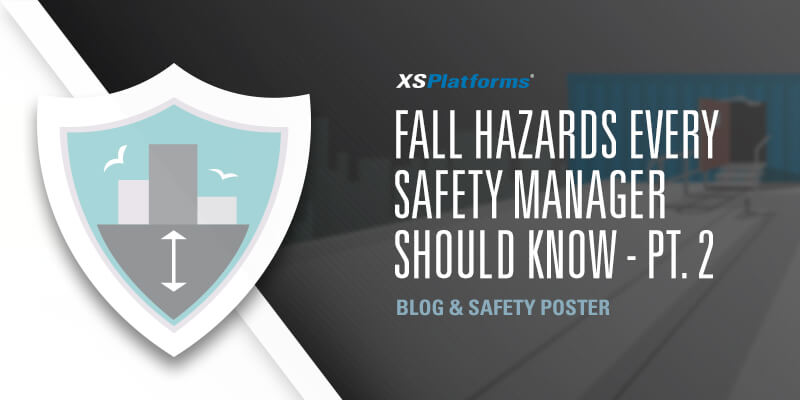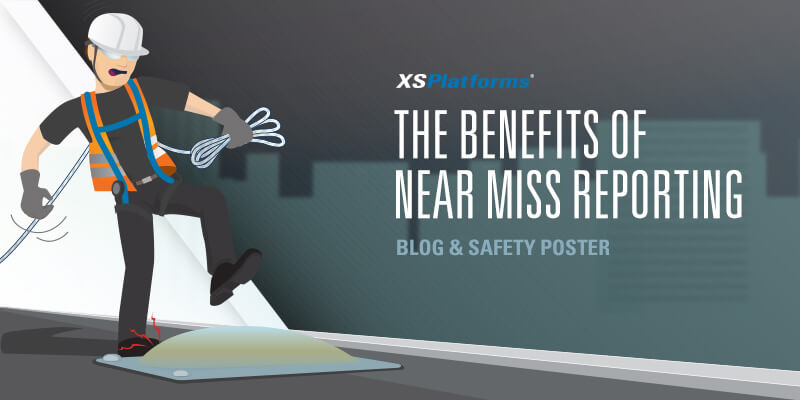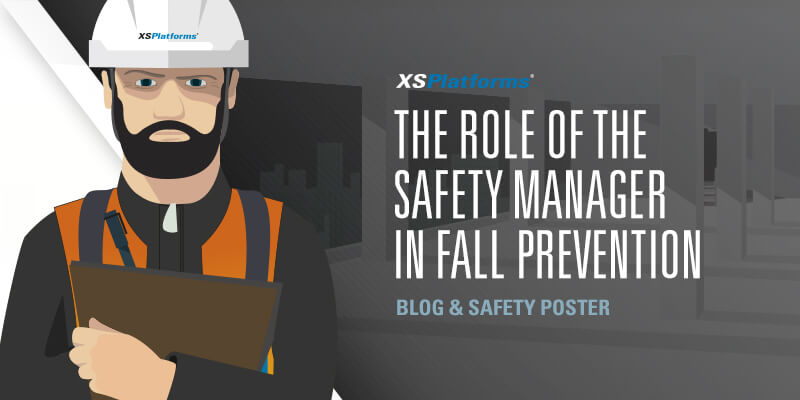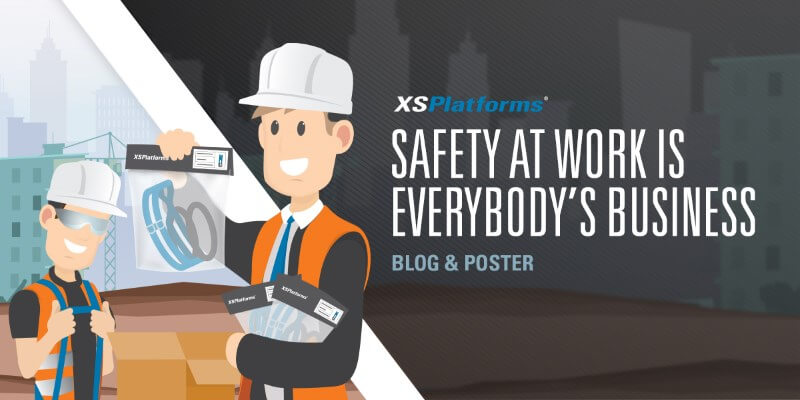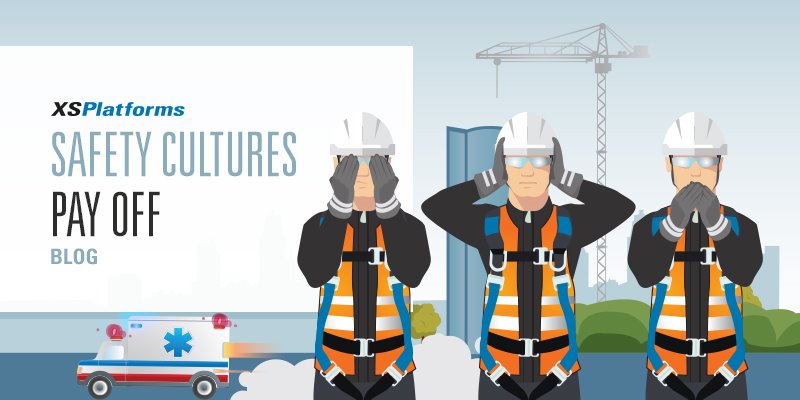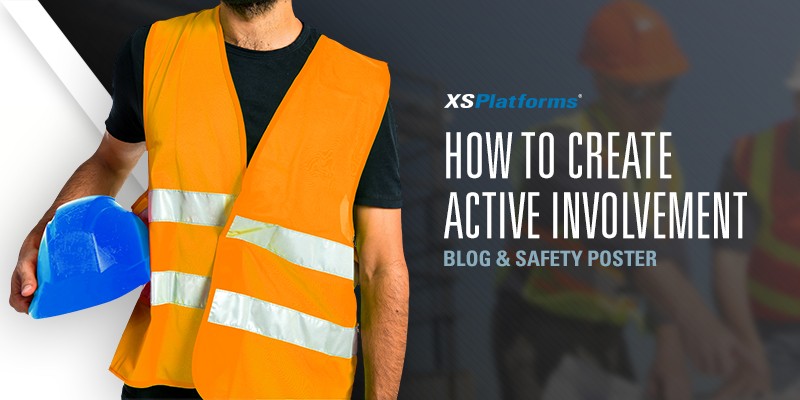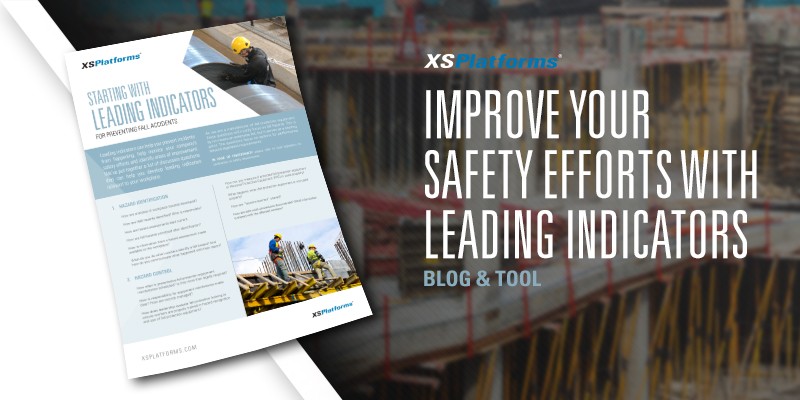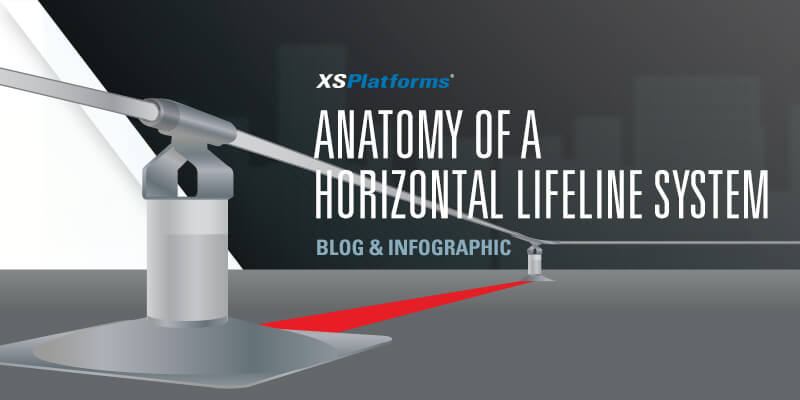
A roof lifeline system, also known as a roof fall protection system or a rooftop safety system, is a safety solution designed to prevent falls from heights on rooftops.
These systems provide workers with a secure attachment point to connect their personal fall protection equipment, such as harnesses and lanyards, allowing them to move freely while working at height. Roof lifeline systems are essential for workers who perform tasks such as maintenance, inspection, and repair on rooftops, ensuring their safety and compliance with fall protection regulations.
We often receive questions about roof lifeline systems, the parts, the span distances, the deflection etc. That’s why, in this blog, we’d like to discuss the anatomy of a horizontal lifeline system which is installed on roofs, These horizontal lifeline systems are also called engineered systems or HLL for short.
A horizontal lifeline system is a cable track permanently fixed to a structure by means of several individual anchor points. A user needs to connect to the system by wearing a full body harness, and using a lanyard and runner or slider. Depending on the setup of a system the horizontal lifeline system can be used as a fall restraint or fall arrest system.
Components of a horizontal lifeline
A horizontal lifeline system is built up out of several components. The system consists of a wire rope which is attached to at least two anchor points.

All lifeline systems have two end points. These are the supports on the anchor points at the ends of the system, where the lifeline is fixed and tensioned. This particular lifeline system also has additional supports, the anchor points between the end points, which are called an intermediate or a corner support. The distance between each anchor point, or post, is called a span.
All supports are fixed to posts that are anchored to the structure of a building. In this example the XSPlatforms anchor point is installed on top of the roof structure with only one drilling hole. The anchor point, or base plate, is sealed with a rubber O-ring, on which the top components for the lifeline system are installed.
Fall clearance of a horizontal lifeline system
When a user falls while attached to a lifeline system, the system will deflect in the direction of the fall. The higher this deflection, the larger the fall clearance needs to be. The fall clearance is the distance that’s available for a person to fall without them hitting a lower level, for example the ground, or an object.

The calculated fall clearance cannot be higher than the available distance between the working surface and a lower level. After all if the required clearance is higher a person could hit the ground before their fall is properly arrested.
This is one reason why the setup of a horizontal lifeline needs to be properly calculated. At XSPlatforms we have developed a special calculation tool for this.
Anchor loads
Another thing to consider in system calculations are the forces exerted on a system in the case of a fall arrest. The span distance and sag angle, for example, influence the Maximum Arrest Load (MAL). A long span leads to a smaller sag angle, which causes a higher impact force on an end/corner anchorage when a fall is arrested. To protect a building’s structure integrated energy absorbers are necessary.
Energy absorption
XSPlatforms often works with HLL systems with XSBending kits, these are patented posts that bend in the direction of a fall and increase the sag angle, thus decreasing the loads exerted on an anchor. Another form of integrated energy absorption is the XSDynamic, this extends the cable trajectory, catching most of the blow. A combination of both energy absorbers can also be made to accommodate more users.

But a fall does not only put strain on a structure, but also on the person whose fall is arrested. Therefore a Personal Energy Absorber (PEA) is necessary for any fall arrest system. This will protect the user, while the other absorption option protect the building.
Read more about the importance of a PEA.
Easy calculation
All in all there are a lot of factors that need to be considered while calculating a horizontal lifeline. This is why XSPlatforms developed an online calculation tool, ODIN. ODIN indicates if the solution is safe to use and complies with selected standard, or if changes are required.
Download the anatomy of a horizontal lifeline infographic
We have made a schematic infographic of the anatomy of a horizontal lifeline that you can download and print.



